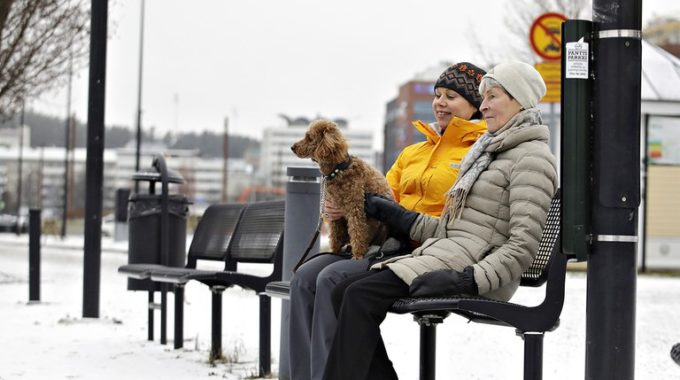
Costs for antidementia medicine purchases and SII reimbursements increased between the years 2000 and 2013
The use of sheltered housing with 24-hour assistance, a community long-term care service, has increasingly replaced institutional long-term care in the past years in Finland. In institutional care, the medicine costs are included in the regular monthly fee and covered by the municipality. In sheltered housing, the residents pay the medication expenses themselves and are entitled to reimbursement by the Social Insurance Institution (SII). The aim of this study was to determine how the costs for antidementia medicine purchases and for reimbursement of the medicine purchases have changed among people who lived their last two years of life in the years 2002−2013.
Data were collected from the Finnish National Prescription Register (SII), Causes of Death Register (Statistics Finland) and the Finnish Care Register for Health Care and the Finnish Care Register for Social Welfare (National Institute for Health and Welfare). Data included information on antidementia medicine purchases, medicine costs and reimbursements, and the use of long-term care in last two years of life among all persons who died in the years 2002−2013 at the age of 70 or older (N 427 078), and a sample of persons who lived in the same years but at least two years longer (N 342 372). Data were linked with the Personal Identification Code. Time series analysis was used to study the association of the use of sheltered housing with the costs and reimbursements.
The number of persons who purchased antidementia medicines, the total and the average amount of the medicine costs and their reimbursements increased notably between the years 2002−2013, yet the increase became slower at the end of the study period. The increase in the days in sheltered housing with 24-hour assistance had a statistically significant association with the increase in the medicine costs and reimbursements. The trends were similar in all age groups, although the increase was most notable in those aged 90 or older. Antidementia medicine purchases, their costs and reimbursements were higher in those in their last two years of life than in those who lived longer than two years.
The increase in the use of sheltered housing with 24-hour assistance has shifted the antidementia medicine costs from municipalities to be paid out-of-pocket by the old people themselves, and reimbursed by the Social Insurance Institution. The change is most notable in people who died at the age of 90 or older. The decrease in medicine prices has slowed down the increase in total costs. However, if the number of people with dementia and people living outside institutional care continues to grow, it is possible that the costs and reimbursements will continue to increase in the near future.
Original publication:
Aaltonen M, Pulkki J, Forma L, Raitanen J, Rissanen P, Jylhä M: Dementialääkkeiden kustannukset ja Kela-korvaukset moninkertaistuivat viimeisinä elinvuosina. Lääkärilehti 2016: 71 (43); 2723-2729.
Further information
Mari Aaltonen
Postdoctoral Research Fellow
040 190 1674, mari.s.aaltonen@uta.fi

